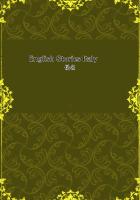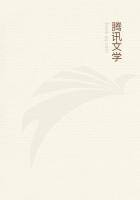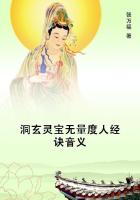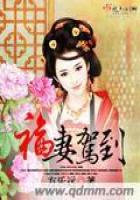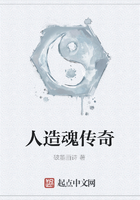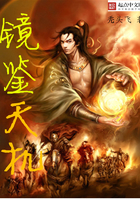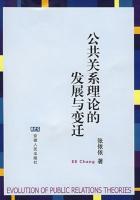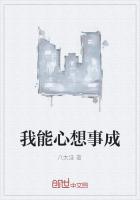But Michael Angelo did not paint many pieces; he confined himself chiefly to cartoons and designs, which, scattered far and wide, were reproduced by other artists. His most famous cartoon was the Battle of Pisa, the one executed for the ducal palace of Florence, as pendant to one by Leonardo da Vinci, then in the height of his fame. This picture was so remarkable for the accuracy of drawing, and the variety and form of expression, that Raphael came to Florence on purpose to study it; and it was the power of giving boldness and dignity and variety to the human figure, as shown in this painting, which constitutes his great originality and transcendent excellence. The great creations of the painters, in modern times as well as in the ancient, are those which represent the human figure in its ideal excellence,--which of course implies what is most perfect, not in any one man or woman, but in men and women collectively. Hence the greatest of painters rarely have stooped to landscape painting, since no imaginary landscape can surpass what everybody has seen in nature. You cannot improve on the colors of the rainbow, or the gilded clouds of sunset; or the shadows of the mountain, or the graceful form of trees, or the varied tints of leaves and flowers; but you can represent the figure of a man or woman more beautiful than any one man or woman that has ever appeared. What mortal woman ever expressed the ethereal beauty depicted in a Madonna of Raphael or Murillo? And what man ever had such a sublimity of aspect and figure as the creations of Michael Angelo? Why, "a beggar," says one of his greatest critics, "arose from his hand the patriarch of poverty;the hump of his dwarf is impressed with dignity; his infants are men, and his men are giants." And, says another critic, "he is the inventor of epic painting, in that sublime circle of the Sistine Chapel which exhibits the origin, progress, and final dispensation of the theocracy. He has personified motion in the cartoon of Pisa, portrayed meditation in the prophets and sibyls of the Sistine Chapel and in the Last Judgment, traced every attitude which varies the human body, with every passion which sways the human soul." His supremacy is in the mighty soaring of his intellectual conceptions. Marvellous as a creator, like Shakspeare; profound and solemn, like Dante; representing power even in repose, and giving to the Cyclopean forms which he has called into being a charm of moral excellence which secures our sympathy; a firm believer in a supreme and personal God;disciplined in worldly trials, and glowing in lofty conceptions of justice,--he delights in portraying the stern prophets of Israel, surrounded with an atmosphere of holiness, yet breathing compassion on those whom they denounce; august in dignity, yet melting with tenderness; solemn, sad, profound. Thus was his influence pure and exalted in an art which has too often been prostituted to please the perverted taste of a sensual age. The most refined and expressive of all the arts,--as it sometimes is, and always should be,--is the one which oftenest appeals to that which Christianity teaches us to shun. You may say, "Evil to him who evil thinks,"especially ye pure and immaculate persons who have walked uncorrupted amid the galleries of Paris, Dresden, Florence, and Rome; but I fancy that pictures, like books, are what we choose to make them, and that the more exquisite the art by which vice is divested of its grossness, but not of its subtle poisons,--like the New Heloise of Rousseau or the Wilhelm Meister of Goethe,--the more fatally will it lead astray by the insidious entrance of an evil spirit in the guise of an angel of light. Art, like literature, is neither good nor evil abstractly, but may become a savor of death unto death, as well as of life unto life. You cannot extinguish it without destroying one of the noblest developments of civilization;but you cannot have civilization without multiplying the temptations of human society, and hence must be guarded from those destructive cankers which, as in old Rome, eat out the virtues on which the strength of man is based. The old apostles, and other great benefactors of the world, attached more value to the truths which elevate than to the arts which soften. It was the noble direction which Michael Angelo gave to art which made him a great benefactor not only of civilization, but also of art, by linking with it the eternal ideas of majesty and dignity, as well as the truths which are taught by divine inspiration,--another illustration of the profound reverence which the great master minds of the world, like Augustine, Pascal, and Bacon, have ever expressed for the ideas which were revealed by Christianity and the old prophets of Jehovah; ideas which many bright but inferior intellects, in their egotistical arrogance, have sought to subvert.
同类推荐
热门推荐
甜美校花:恶魔校草,别太坏
(本书免费)他,是一介天才少年她,是一介天才少女他们能否相爱?豪门千金撞上豪门少爷,他们将擦出怎样的火花!壁咚,强吻!恶魔校草,你够了!豪门+宠文+校园+青春+爱情公共关系理论的发展与变迁
“没有什么,比一个好的理论更实用了。”如果使用得当,理论可以发挥极大的功效。公共关系从发展到现在一百多年,仍有人认为它没有理论。坊间向来不缺公关概论课本,但公关理论的书一向很少,尤其成于一人之手,以宏观视角将过去三十二年的公关理论,依其发展与变迁详细分析比较,再以明白晓畅的笔法写来的书,可以说是没有。 如今各大学广招研究生,不仅为了教学,就算是为了写论文,一本有系统的公关理论专著,也有其必要。这一类书最能让读者受益,可使他们在短期内进入状况,在转瞬间吸收作者的日月精华,就算是业界人士,也应该会觉得受用。尤其本书参考书籍几乎全为英文,即仍能提供读者阅读精致中文的乐趣,可谓功德无量。

